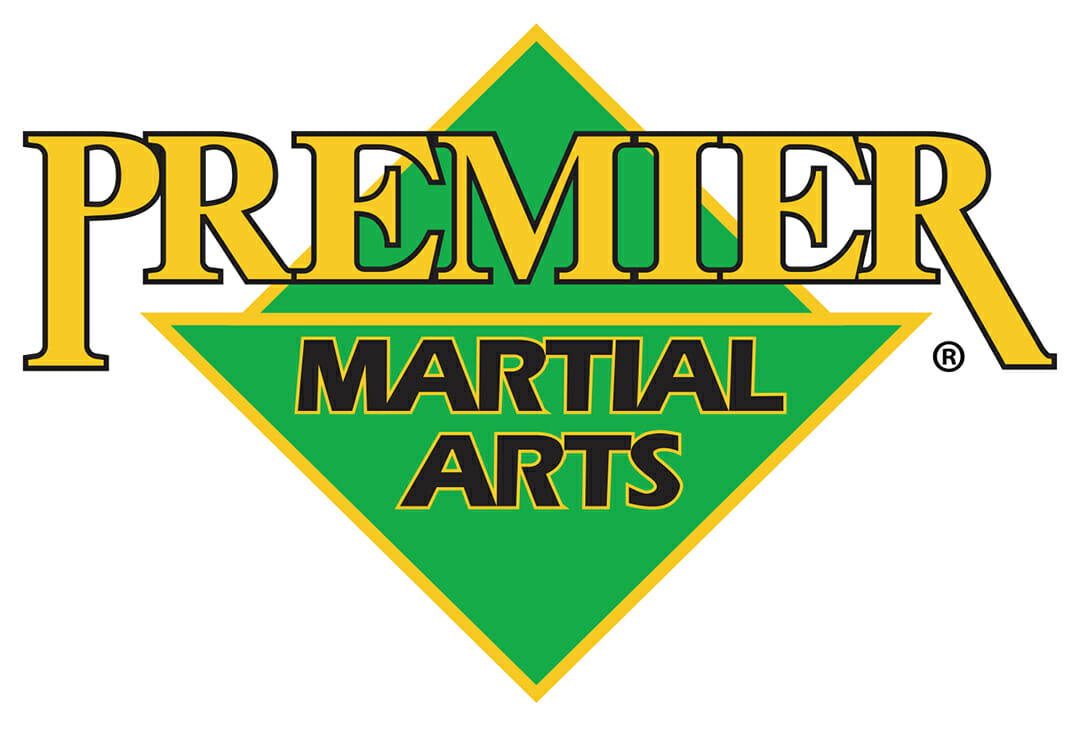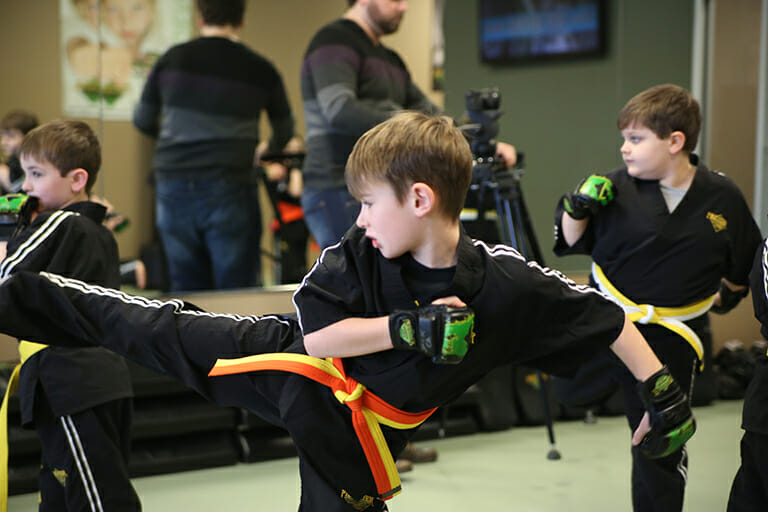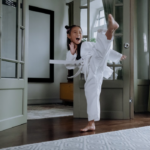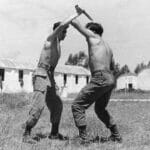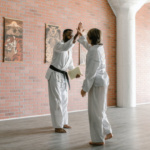Whether you’re training to become a master martial artist or simply enjoy the way a martial arts practice enriches your life, the additional workouts you do while practicing martial arts are important. You might be wondering if you should add another exercise routine or sport to your schedule. Will jogging help you reach your martial arts goals or not? How many rest days do you need when practicing martial arts?
With a few essential key martial arts tips, you’ll have the knowledge, proper technique, and power you need to create a safe and impactful exercise regime to complement your martial arts practice.
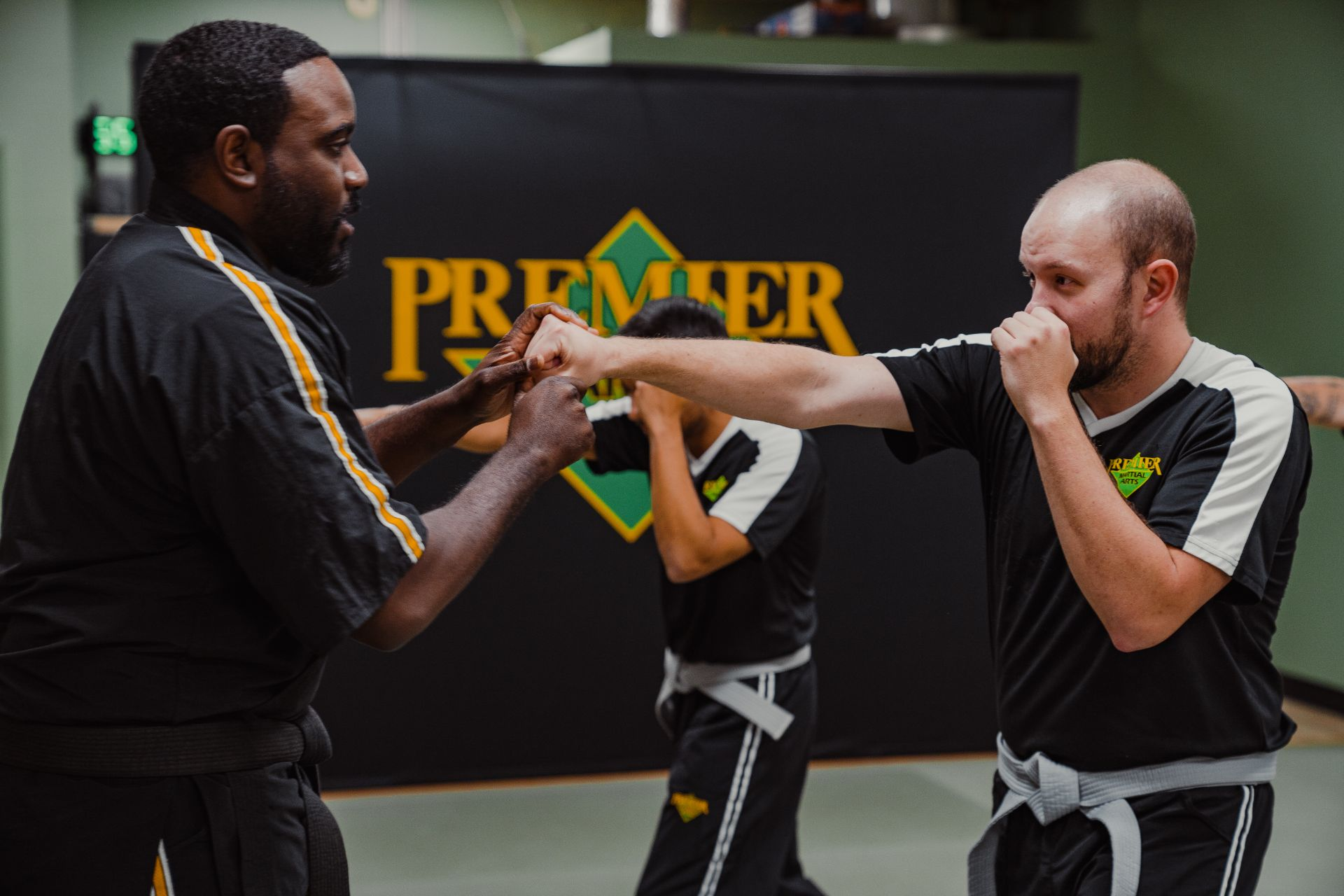
Factors to Consider When Integrating Your Martial Arts Workout with Your Exercise Routine
Training Time
Almost every factor when it comes to exercise in addition to martial arts practice will hinge on how often you show up to the dojo. If you only go to martial arts class once a week, you can and probably should exercise outside your focus on martial arts training.
However, if you practice martial arts a minimum of three times a week, it becomes less easy to fit in other sports or exercise. If you attend martial arts class more than three times a week or practice martial arts outside of class times, then unless you’re in peak physical shape, you might do more harm than good by doing a martial art and adding more exercise.
The length of your martial arts class is another element to consider when deciding how much exercise to include in your routine. Some schools have 30-minute or 45-minute training sessions, while there are other schools where training sessions last two hours or more per class. If your classes are less than an hour, it’s easier to include other exercises in your schedule.
Engaging in a martial arts workout is undoubtedly a fantastic way to improve physical fitness and overall well-being. However, it is common for beginners to wonder whether they should continue their regular exercise routine alongside martial arts training. In this article, we will explore the importance of maintaining a balanced approach to physical activity while training in martial arts, and provide factual information to help beginners make informed decisions.
Intensity
As with all exercise classes, some martial arts classes are more intense than others. If your class schedule includes a lot of sparring, then you may not be able to lift weights the next day. If your striking arts class contains lots of physical strength and conditioning, exercise, or aerobic training, then you may overdo it by adding extra cardio outside of the dojo.
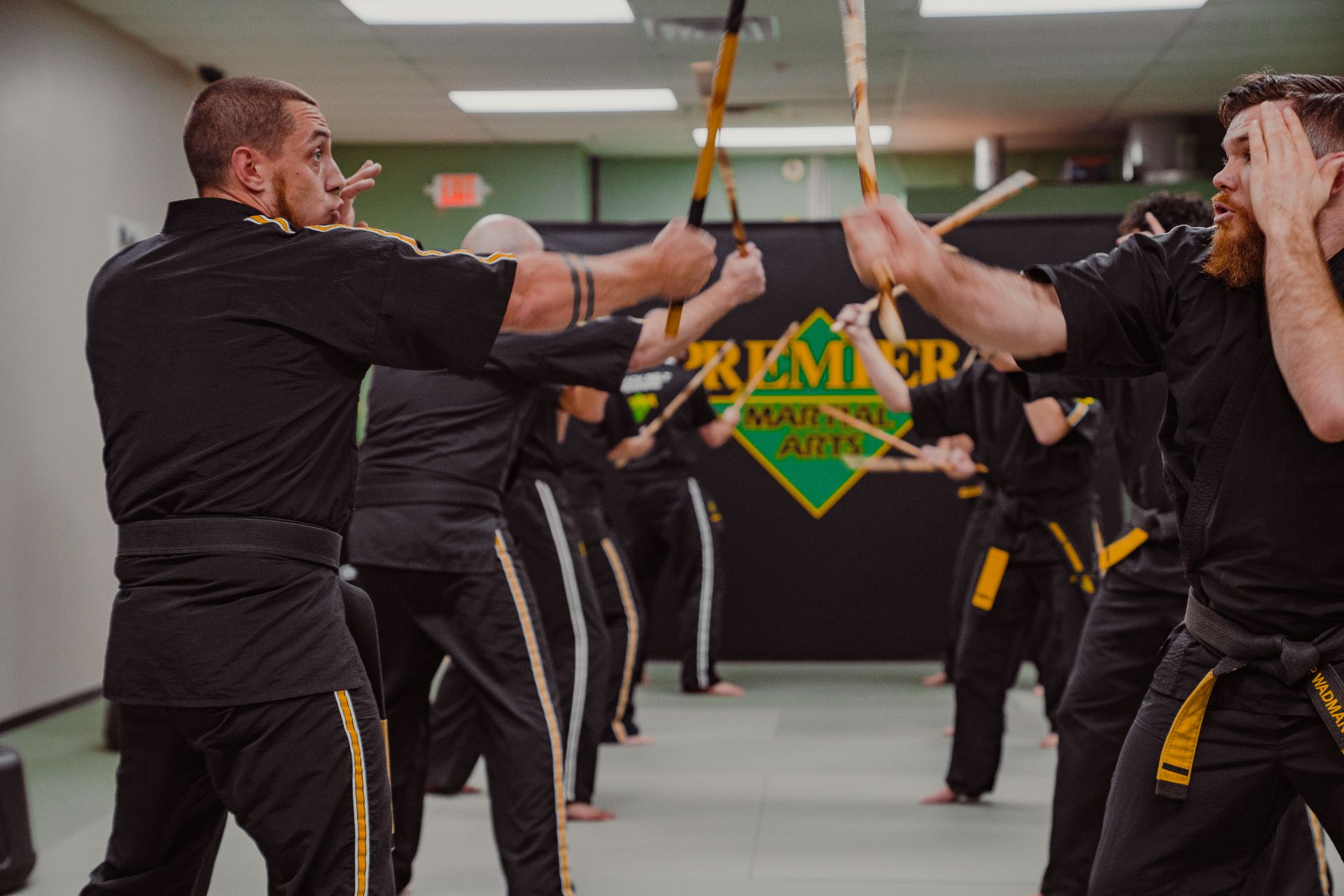
Age
As we get older, we need more time to recover from moderate or hard exercise. Consider your age when deciding if you should add other exercise routines. If you aren’t young, you could consider less strenuous exercise techniques like walking or yoga to supplement your martial arts practice.
However, age doesn’t always perfectly correlate with tolerance for exercise. It’s important to be mindful of your unique limits when deciding whether to push yourself and how often to push up.
Sleep
There is a huge sleep deficit in many parts of the developed world. The whole body and the mind need adequate sleep to recover from physical stress and dynamic exercise. If you’re too rushed to get adequate sleep in your life, you may want to limit your physical exercise to martial arts class.
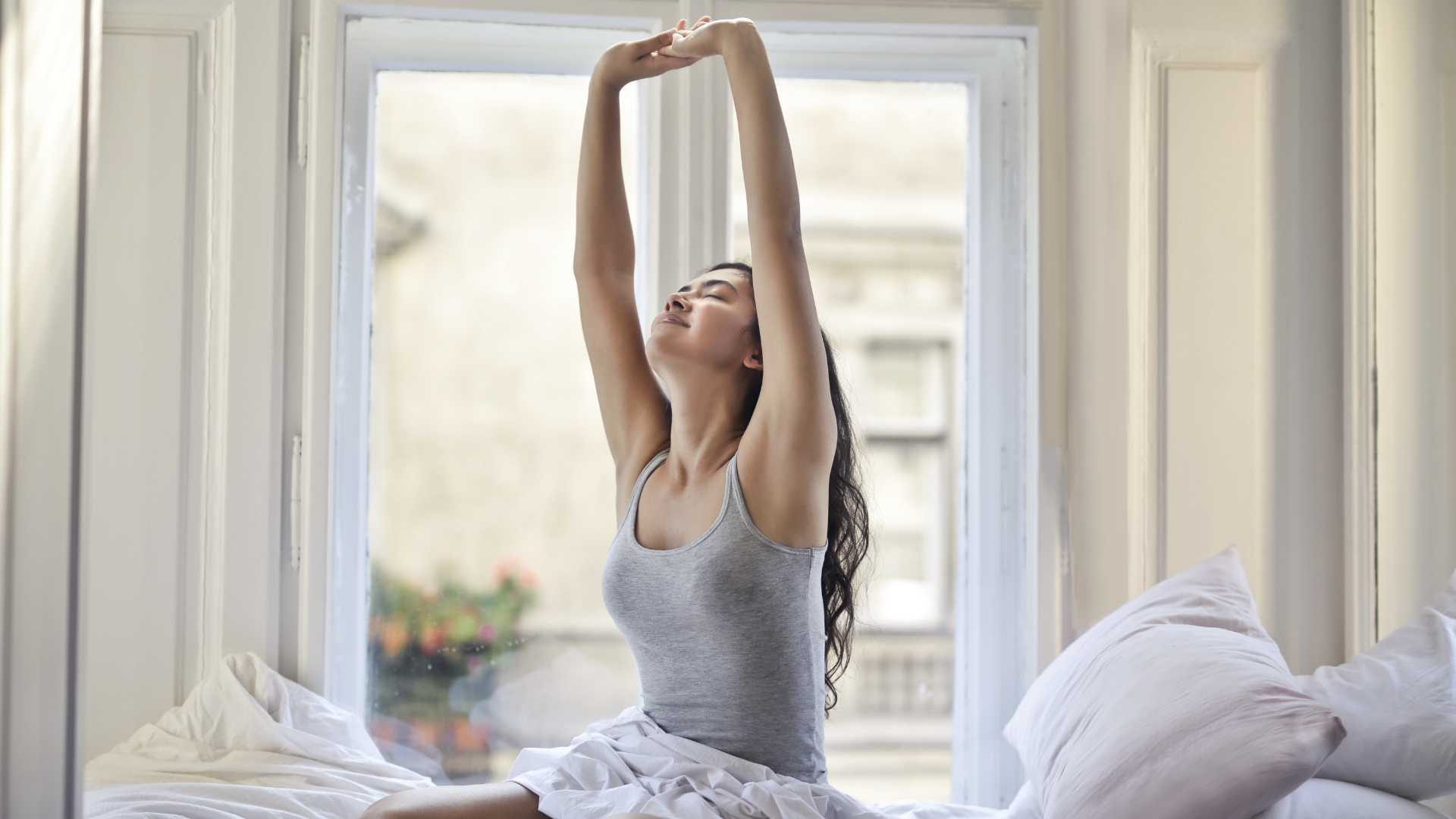
Sleep is a crucial and essential part of the recovery process your body undertakes to stay healthy; if you aren’t able to get the sleep you need, don’t overdo it when it comes to tasks your legs and upper body strength will need to recover from, like a strenuous workout.
Career
Some people still actually work at jobs that demand physical exertion, as opposed to sitting at a desk writing articles about martial arts—if you can believe that! In the case that your job is the kind of standing position that can be physically demanding, you almost definitely don’t need to add exercise in addition to the rest of your martial arts training.
The Complementary Relationship between Practicing Martial Arts and Exercise
Martial arts training itself is a form of exercise that offers numerous physical benefits, such as cardiovascular and conditioning exercises, strength development, flexibility improvement, and enhanced coordination. It engages various muscle groups and promotes overall fitness. However, incorporating additional exercises into your martial arts workout routine can further enhance your athletic performance and overall fitness level.
Exercise Options to Add to Martial Arts Training
You can see there are lots of factors that you have to consider when deciding if you should train more outside the martial arts studio. Since that’s true, there is no easy answer. Instead, use the knowledge we’ve provided and consider your best exercises and exercise options in that context.
Yoga and Walking
Yoga can be intense, but it can also be a gentle activity to stretch your muscles and help you recover. Walking is one of the most overlooked, free, and easy forms of physical fitness in existence. These gentle exercises are perfect for those who train intensely and need to recover, for older martial artists, or for those with injuries.
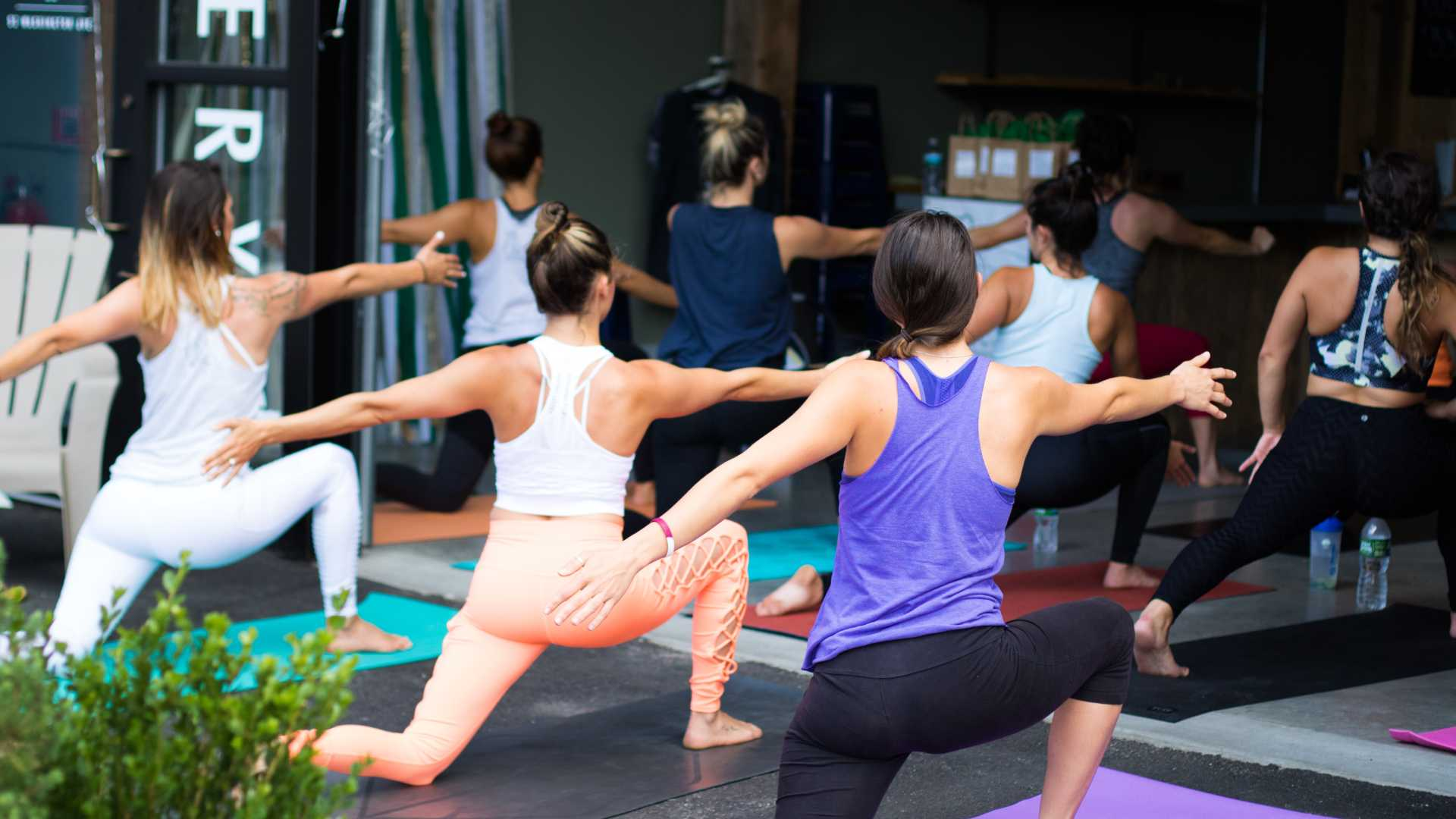
Running
There are too many ways to jog or run to list here. The simple rule to follow would be to ask yourself if you feel burned out or too tired to add aerobic exercise on top of your martial arts exercise. Cardio can be an easier form of activity for your upper and lower body parts to recover from than weightlifting. In moderation, you can perform it more than strength training and recover faster since it doesn’t involve the breakdown of muscle as much as weight training.
Weightlifting
For most people, you need to be in very good physical condition to add weightlifting with mixed martial arts too. Again, it depends on all the factors we noted earlier, but it’s not easy to make room for the recovery time and conditioning you need from a boxing match when it comes to weightlifting.
If you plan to lift weights and practice martial arts, you’ll need to have your sleep, diet, balance, and stress management skills ironclad. For younger martial artists and athletes, it’s possible, but challenging.
Benefits of Supplemental Exercise
Strength and Conditioning: your practice primarily focuses on technique skills and skill development, but targeted strength training and conditioning exercises can provide additional benefits. Incorporating resistance training, such as weightlifting or bodyweight exercises, helps build muscular strength and endurance, which can enhance your performance in martial arts techniques and movements.
Flexibility and Mobility:
Adding specific flexibility and power to dynamic stretching exercises can further improve your range of motion and joint mobility. Activities like yoga or dedicated stretching routines can help increase flexibility in the back muscles, reduce the risk of injuries, and enhance overall martial arts performance.
Cardiovascular Endurance:
Martial arts classes often involve high-intensity intervals and vigorous movements that challenge cardiovascular fitness. However, supplementing your training with aerobic exercises like running, swimming, or cycling can improve endurance, increase lung capacity, and enhance overall cardiovascular health.

Finding the Right Balance
Listen to Your Body:
For most people training in a martial arts class for 45 minutes to an hour, three times a week is generally plenty of exercise. However, consider all of the above when deciding for yourself. Every individual is unique, and it is crucial to listen to your body’s signals and adapt your exercise routine accordingly. Pay attention to signs of fatigue, overexertion, or muscle soreness, and make adjustments as needed to avoid injury and promote recovery.
Consider Training Intensity and Frequency:
Martial arts training can be physically demanding, especially for beginners. Assess the intensity and frequency of your martial arts classes to determine how much additional exercise you can comfortably incorporate into your routine without overtraining.

Consult with Instructors and Health Professionals:
Seek guidance from your martial arts instructors or a qualified fitness professional to develop a well-rounded exercise program that complements your training. They can provide expert advice and training plans tailored to your specific goals, abilities, and training schedule.

Are You Ready for Your Martial Arts Transformation?
If you want to begin your martial arts practice or take your practice to the next level, Premier Martial Arts welcomes you to join us. With studios across the country, martial arts students of all levels enjoy the expertise our instructors offer students. Find a location near you and get your martial arts practice going strong.

